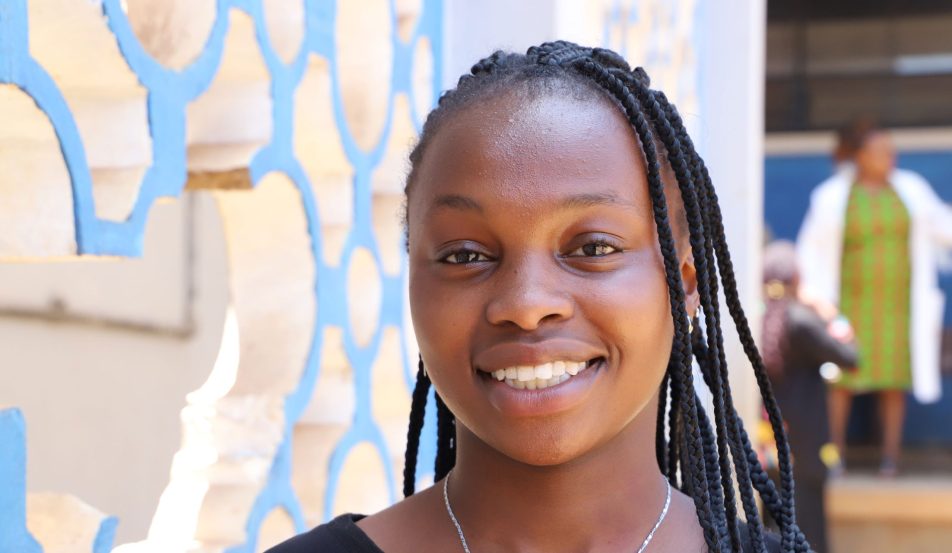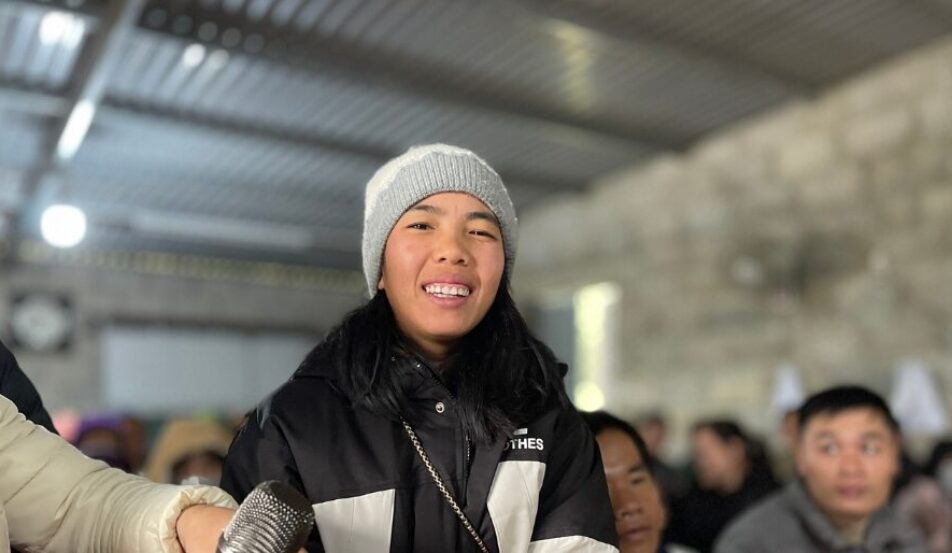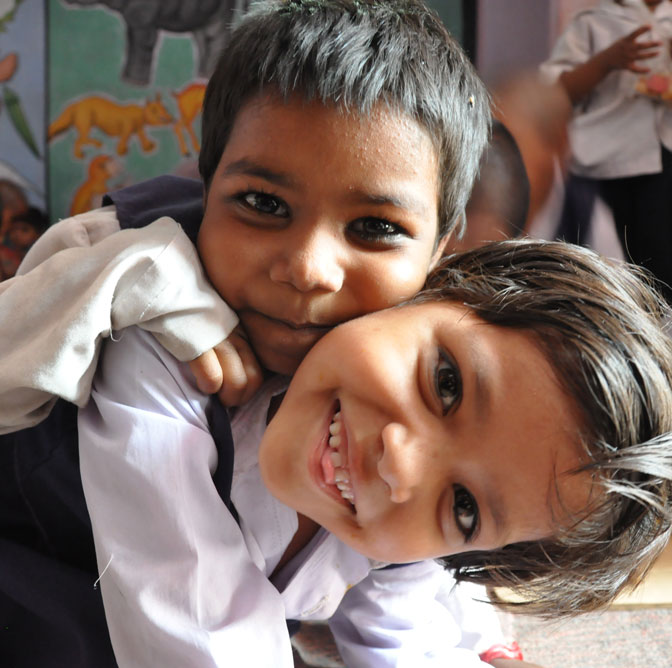A child-friendly school in Honduras stirs hope
In this tiny school, high in the mountains of northern Honduras, the first-graders share their classroom with third- and fourth-graders. Today, the third-graders are working on an assignment by the light of the window, and the fourth-graders are outside at a table under the schoolyard pavilion, tracing and measuring shapes with rulers. The second, fifth and sixth grades share another classroom.
The multi-age groups are divided according to number of children in each grade so that the school`s two teachers have balanced groups. There are about 60 students in all. Seventh through ninth grades study in a nearby community, and those who wish to continue beyond ninth grade must move to a larger town miles away. Very few can afford to make that move for education.
Mrs. Rivera asks for the date, and her students raise their hands and bounce in their seats, desperate to be called on. Next is a math problem using numbers up to 19. “Compare Maria`s and José`s different ways of counting beans,” Mrs. Rivera asks. “Which way is easier?” Each child has a small pile of beans. They go to the board in pairs to show different ways to count.
This is the new way of teaching in the village`s school: Teachers engage with the children, inviting their participation rather than lecturing from the front of the room. ChildFund and its community partner ADACOL brought the “child-friendly schools” approach to the school in 2009. In addition to having teachers trained in more interactive, child-centered teaching approaches, child-friendly schools also involve the children`s parents. Parents provide meals, maintain the school building and assist the teachers with classroom needs and events while also supporting the children as well as they can at home. A student council keeps garbage picked up and organizes activities such as Saturday movie nights.
Roy Paz, the school`s principal, sees a difference. “We used to have shy children, children who didn`t talk when someone asked something,” says Paz, who also teaches second, fifth and sixth grades. “Now it`s different. Not 100 percent, but the children are spontaneous and independent.”
Paz adds that the children`s grades have improved overall. Last year, several students participated in academic contests against students from other schools, and several first-place winners proceeded to the next competition level in the Honduran capital, Tegucigalpa.
While the first-grade math lesson goes on, the third-graders work through their geography lesson.
The parents like what they see. “I have one daughter in first grade, and she`s already reading,” says Josa, who is active in the Parents Association. “Many children in other schools go through third grade and still don`t read.”
But the new methods have also been hard on some of the parents, especially in the early days of the program. Soon after the child-friendly method was introduced, says Edgardo, another Parents Association member, “I took a walk with the teacher and told her, ˜I don`t understand anything you`re teaching them.`” Edgardo has two daughters, in second and fourth grades. “The children need help at home, and the parents can`t help.” Josa, pushes back. “In part, I agree,” he says, “but my children teach me and explain the work they do, so I get support from my children.”
In this desperately poor rural community, the parents are especially concerned for their children who cannot continue beyond the primary schooling that ChildFund and the Honduran government support. After ninth grade, there are very few jobs for these young people €” mostly farm work.
Taurino has three children, two in school and an older son who works in the fields. “We have excellent students,” he says, “but there are not many scholarship opportunities for them to continue studying. I have a daughter who gets 100s, and there is no opportunity. We as parents push them on their education, but for nothing.”
There is a generational contrast between the schoolchildren`s parents, who tend to see the hopelessness they have learned from their own experiences, and their children, who see hope. It is visible in their faces, audible in their songs, and obvious in their quiet attention to their work.
And hope is built into how the children see their future. When student council members are asked what they want to be when they grow up, their answers vary educator, business administrator, bilingual secretary.
Asked why, their answers align: “For helping children whose parents do not give them support, love and affection.” “To support children who have problems in classrooms.” “Because I like technology, and also because with my salary I can help children whose parents cannot support them.”
The children`s energy and care seem to act as a magnet that draws their parents` support and may even be reawakening the older generation`s hopes for the next. Taurino may say, “For nothing,” but his active involvement in his children`s education says something more.
“Happy children are part of changing the world,” says Josa, whose sixth-grade daughter (and aspiring bilingual secretary) hopes for an equitable government that doesn`t give preference to rich people. “They`re not stuck with the old way.”






